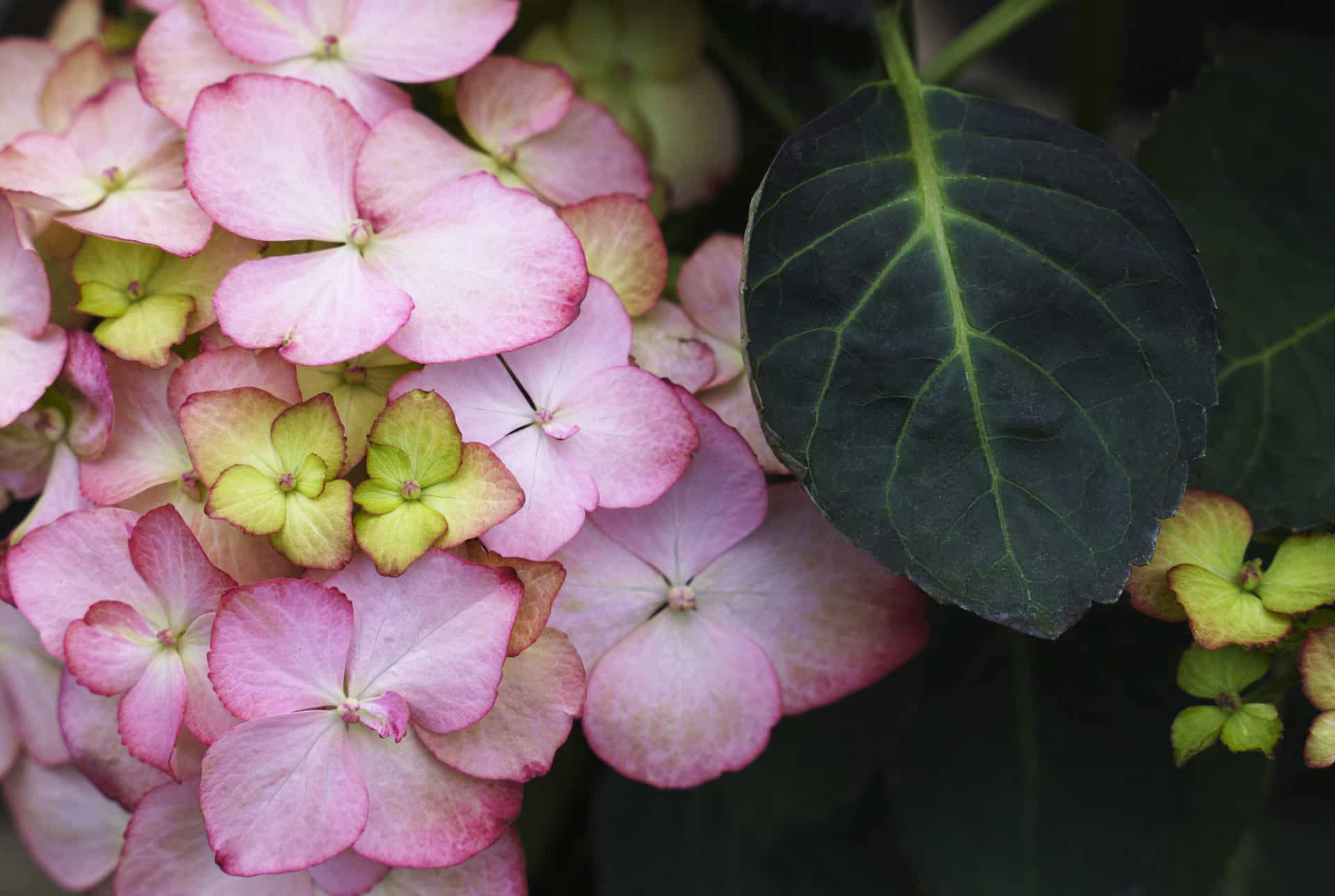Birds
Cleveland Botanical Garden

Looking for something in particular? Click here to search.

Zonotrichio albicollis
White-throated Sparrow
Voice: Song: Clear whistles of “Oh sweet Canada, Canada, Canada,” Call: Sharp, Volatile, “Chink.” Across most of the eastern and southern U.S, white-throated sparrows are familiar backyard fall and winter birds. They can be found along edges of woodlots, hedgerows, thickets, and in city parks during the winter. The two different... more

Arcilochus colubris
Ruby-throated Hummingbird
Voice: Males sing a constant series of monotonous chips early in the day. Both sexes make high chips and speaks while in flight or being chased. Ruby-throated hummingbirds are found in open deciduous woodlands of... more

Colaptes auratus
Northern Flicker
Voice: Song: a piercing, descending klee-yer or keeew is given year-round. Drum: a long, simple roll of 25 beats over a second, often interspersed with long wick wick wick series. Northern flickers can be found throughout most wooded regions of North America... more

Regulus satrapa
Golden-crowned Kinglet
Voice: Song: high pitch tsee-tsee-tsee-tsee varies in number Call: thin tsee note Barely larger than a hummingbird, golden-crowned kinglets have a remarkable ability to endure cold climates. They can survive extreme temperature of -40 degrees. During nesting season, they can be seen high... more

Megascops asio
Eastern Screech-Owl
Voice: Both males and females. Males deeper voice Song: descending whinny like horse “nay” Call: soft hoots to loud barking calls; screeches with metallic beak click Eastern screech-owls are common owls in woodland areas... more

Dryobates pubescens
Downy Woodpecker
Voice: Call: pik note and descending whinny Drum: a soft roll- about 17 beats a second Downy woodpeckers are the smallest, most widespread, woodpecker in North America. In winter they often join mixed species flocks of chickadees,... more

Vireo solitarius
Blue-headed Vireo
Voice: Males: song can be rendered as “here I am, where are you, over here.” It is a bit slower than a Red-eyed Vireo. Blue–headed vireos are the only vireo that makes use of mixed forests, where conifers and deciduous trees grow... more



